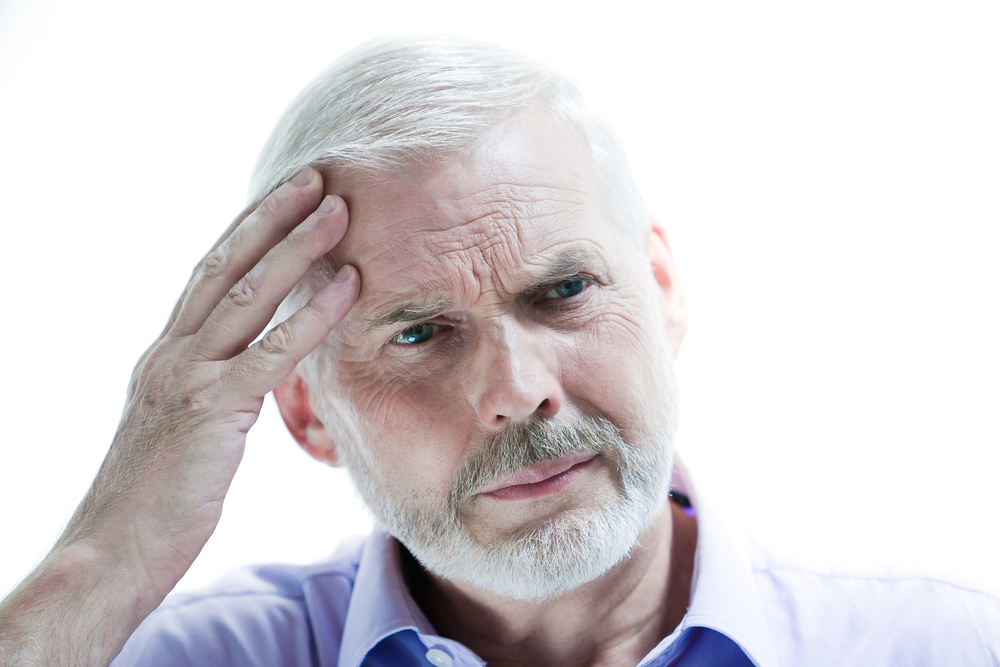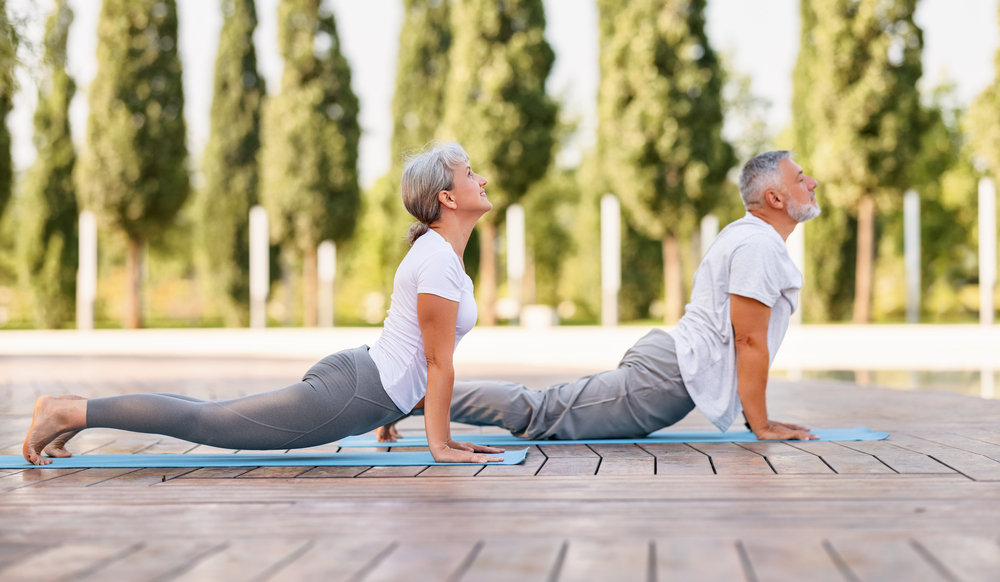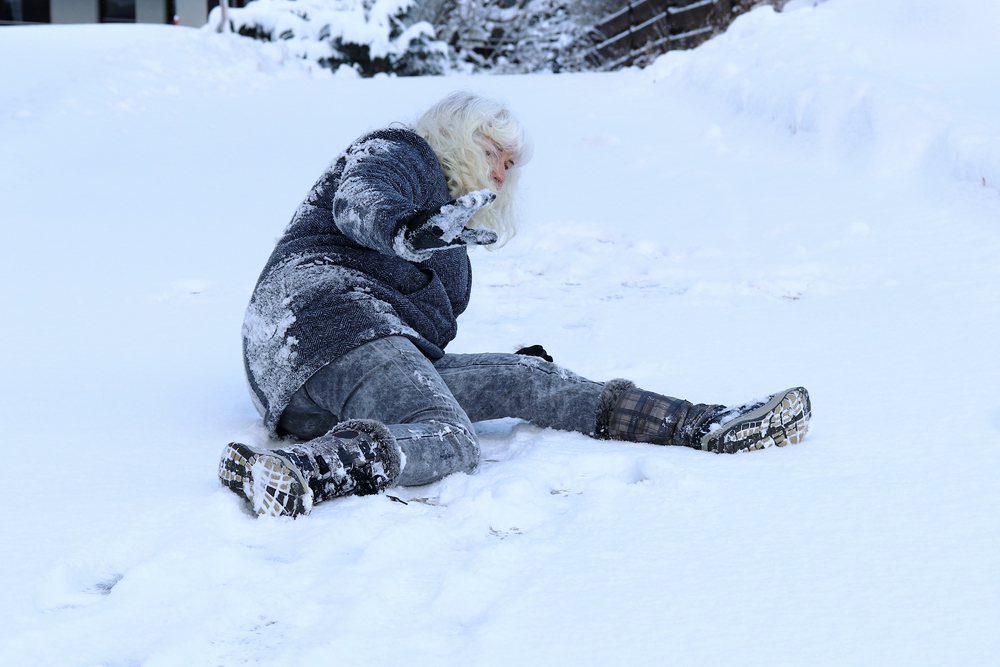
3 Mental Exercises to Prevent Memory Loss
November 3, 2021
Three Simple Stretches To Help Alleviate Low Back Pain
January 7, 2022Every winter, there are unique sets of hazardous conditions that put everyone’s safety at risk. Some of the most common accidents that happen during this season are slips, trips, and falls.
The Centers for Disease Control and Prevention (CDC) reports that more than one million injuries occur due to falls on ice or snow every year in the United States alone. These types of accidents are even more dangerous to older ages, even at home.
The National Floor Safety Institute claims that falls are a leading cause of traumatic brain injuries in adults over 65. Approximately 31% percent of all unintentional home-related injuries for people aged 65 years or older occur when they slip or trip within their homes.
For these reasons, this article will provide tips on preventing these casualties, especially during the icy season.
Common Causes of Slip and Fall During Winter
- Unshoveled sidewalks and streets
- Elevated heights such as snow-covered roofs
- Slippery stairs and ladders
- Wet indoor surfaces
- Black ice
Safety Precautions for Preventing Slips and Falls on Winter Ice
1. Wear slip-resistant footwear.
Choose rubber or neoprene-coated soles when walking on slippery surfaces instead of leather or plastic as they provide more traction on ice.
2. Walk slowly and carefully.
Pacing too fast will attract hazards even without the snow. There is no better way to keep yourself safe than to walk carefully and slowly. Plan the best route to get to your destination, avoid rushing, take shortcuts, and go to areas where snow treatment is not completed.
3. Do not carry too many items in your hand.
Carrying too many items may distract you and obstruct your line of sight. This can also prevent you from catching yourself in case you lose your balance. Instead, use a bag or trolley to carry the items or, better yet, ask for help if possible.
4. Avoid putting your hand in your pockets while walking.
This can also prevent you from catching your balance in case you trip or slip. Keep your hands free or grab onto railings for additional support.
5. Take extra caution when stepping out of a vehicle. Use assistive handles if needed.
Many slips, trips, and falls happen while coming out of the vehicle. Be mindful of where you’re stepping when going out of your car and hold on to the grab handles to support yourself if you step into something slippery or uneven.
6. Keep out of black ice.
Black ice is a type of frozen precipitation that can form on roads, sidewalks, and other surfaces. It is hazardous because the naked eye cannot see it, and slipping on it makes you lose all your balance. Black ice often forms at night when temperatures are below freezing, but the sky remains clear.
Look closely at the path you’re walking and watch out for very smooth and glossy surfaces. Try tapping your foot on slick surfaces before walking on it, or take only those ice-treated walkways as much as possible
7. Avoid curbs or steps covered with ice. Do not walk on uneven surfaces.
Ice-covered steps and walkways are very slippery, and you may not know what might be hidden under the ice. Do not take risks on walking on these surfaces; take the longer and safer route instead.
8. Report any untreated snowy areas.
Keep you and the people around you safe. Have the initiative to report those areas that still need treatment to avoid any future accidents.
Keeping Yourself Safe Indoors
1. Wipe off the ice from your shoes
During the winter season, it is common for indoor walkways to be wet from snow. When entering a building or home, make sure to wipe your feet dry. This will protect you and those who follow you from walking on the wet and slippery floors.
2. Avoid using extension cords to plug-in space heaters at home and place space heaters in a safe spot
Scattered cords around the floor are a significant cause of a trip hazard. If you need to use an extension cord, make sure to place them neatly so that it will not cross areas around where you’re walking. Place your space heater in one corner away from walkways.
3. Be cautious when removing shoes and boots
When comin inside from a winter mix, be careful when removing your boots or shoes. Make sure to sit on a stable chair to prent falling while trying to remove your footwear.
Preventing injuries from slips and falls in winter is very important. These falls can cause a variety of injuries which can often be prevented with proper safety precautions. However, if injury does occur, you may need treatment for those injuries.
The Maplewood Sauk Prairie Health and Rehabilitation Center is a center that helps in the rehabilitation of injuries from slips, trips, and falls. Contact us now for inquiries.
Read next article
References:
https://ehs.princeton.edu/
https://www.cdc.gov/
https://share.upmc.com/


